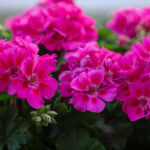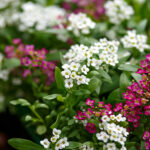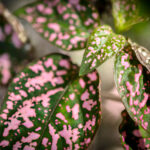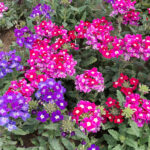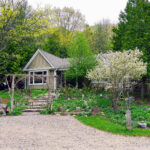
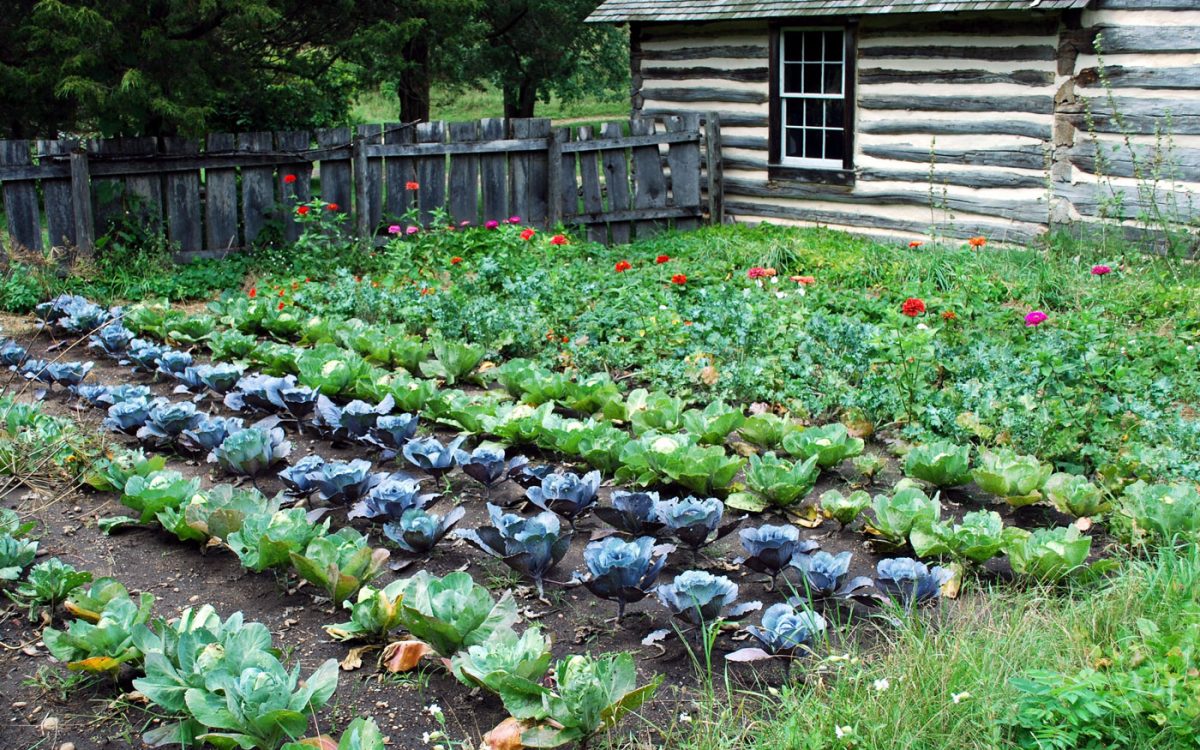
Midwest Gardening: Let’s Get Ready!
Spring has arrived and for those of us in the northern part of the country, we can finally start gearing up for planting season. Unlike our friends to the South, we have to wait a bit longer for the all clear to get outside and get dirty. But that doesn’t mean there are things we can check off the list while we anticipate one of the most wonderful times of the year!
First, take a moment to reflect back on what worked and what didn’t last gardening season. Did you get you get ahead of yourself with planting before the last hard frost and lose some plants? If so, check out the latest farmer’s almanac for when the average date is in your area. Once you have that date marked on the calendar, you can start planning what and when you want to plant. Decide on the seeds that you want to start indoors and ones that can wait. Prepare a list to take with you to the garden center or farmer’s market to for starts and other supplies. Check out online sources too for fun new seed varieties!
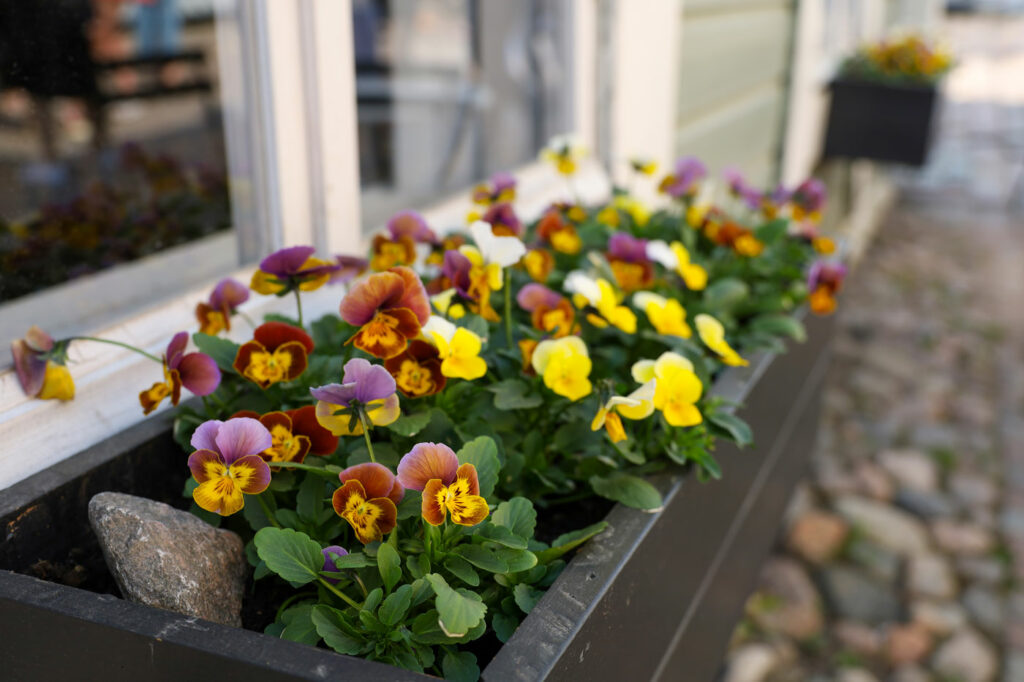
There are several categories of plants that perform better in a bit cooler weather and can even handle a light frost. Annual flowers such as pansies, violas and snapdragons will brighten things up in no time. Plant sweet peas (with climbing support) for early season color and fragrance while you keep a look out for perennials to start peaking out from the ground. If you’re looking to add some new trees or shrubs to your landscape, give them a head start on getting established before the heat of summer comes along. A good rule of thumb with early spring planting of perennials, shrubs and trees is if the ground has thawed enough to get your shovel in there, it is ready to be planted.
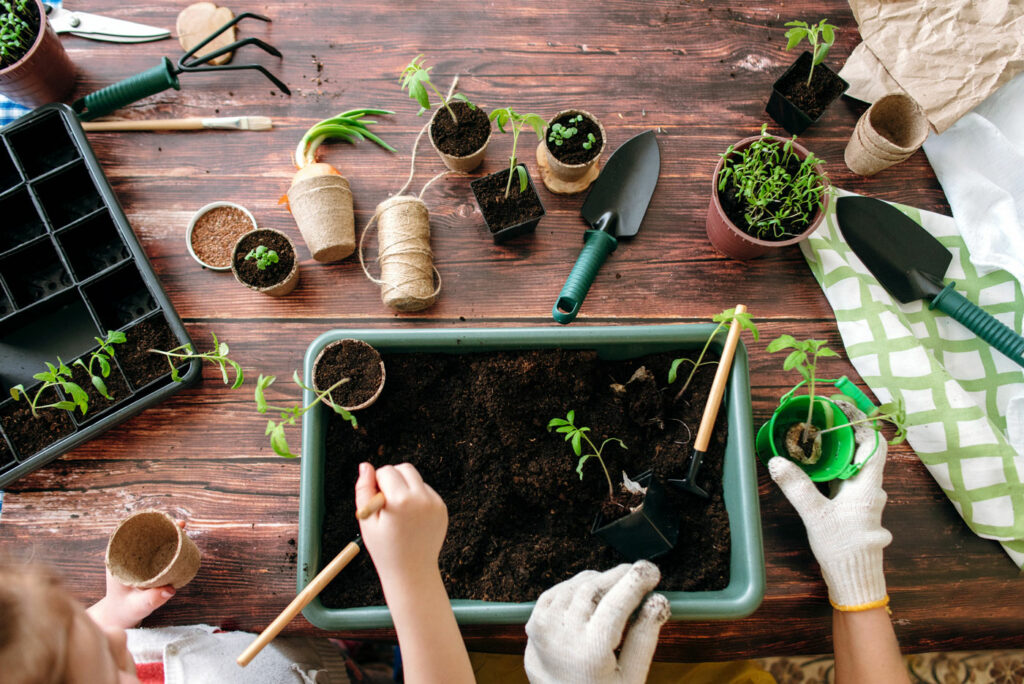
Did you start any seeds indoors earlier this year? Depending on what you chose, it may be time to get your cool season edible crops out there too. Start with greens like kale, leaf lettuce and spinach either in the ground or a container. Try root vegetables like radish, beets, onions, carrots, or kohlrabi. Add broccoli, brussels sprouts, and cabbage for good measure. As the day and soil temperatures warm, you will be able to move on to the warm season edibles like tomatoes, beans, peppers, cucumbers, and the list goes on. Don’t forget to plant those kitchen herbs too!
As with any garden adventure, it is best to read the seed packet or tag to make sure you have all the necessities for a successful growing season. Pay attention to light and water requirements, cold hardiness and care as your plants mature. For more ideas and inspiration visit LawnCentral.com
Jenny Biczak

